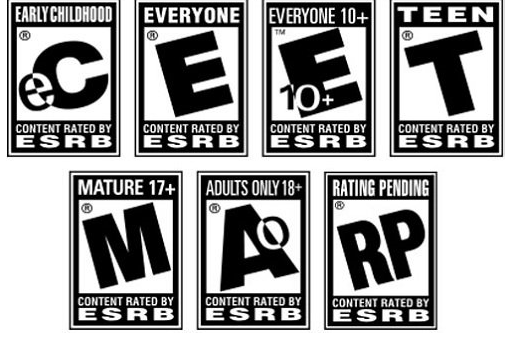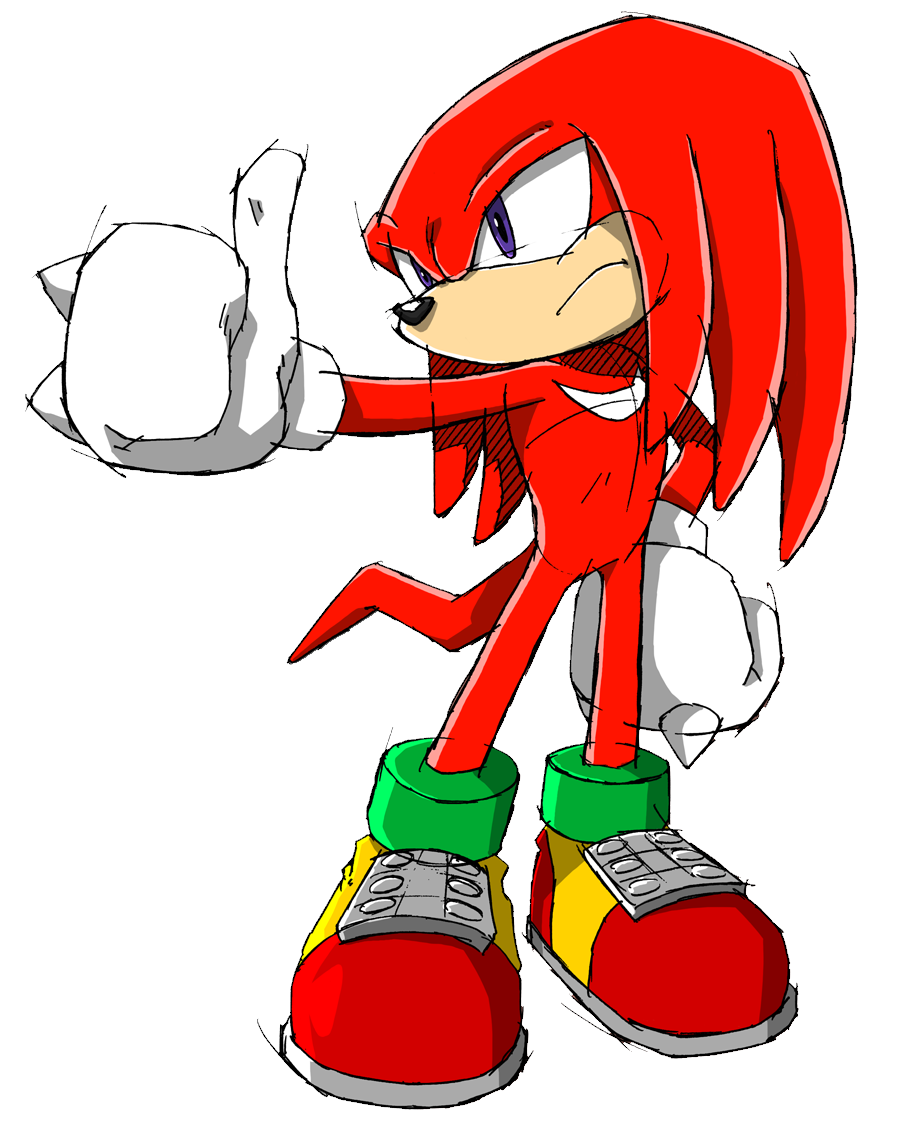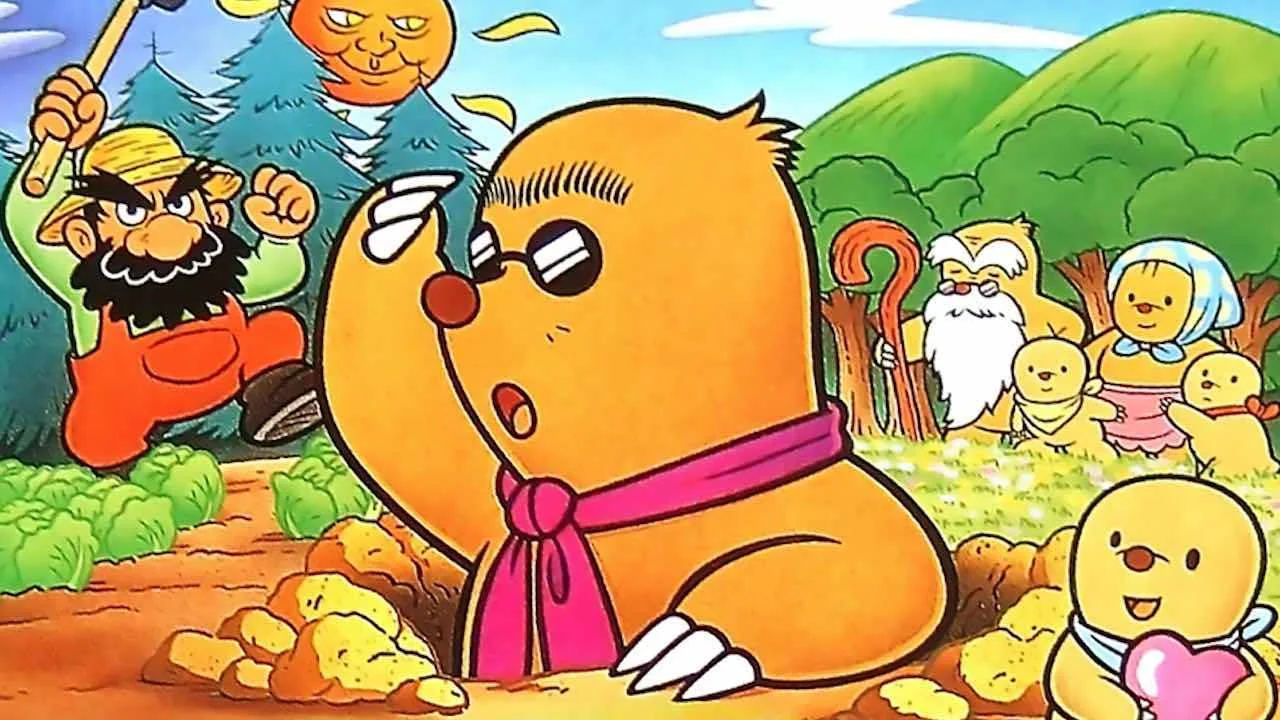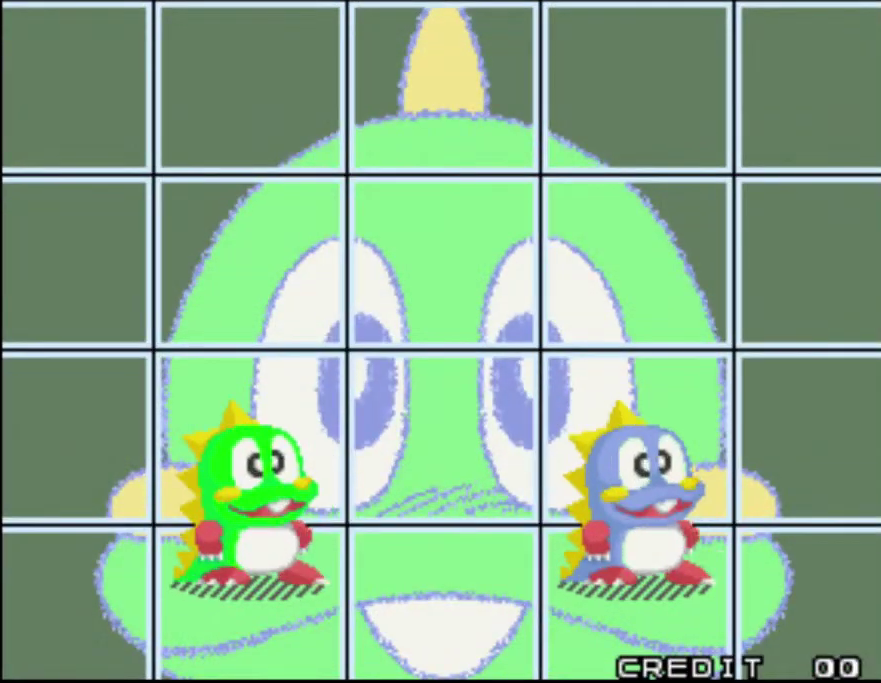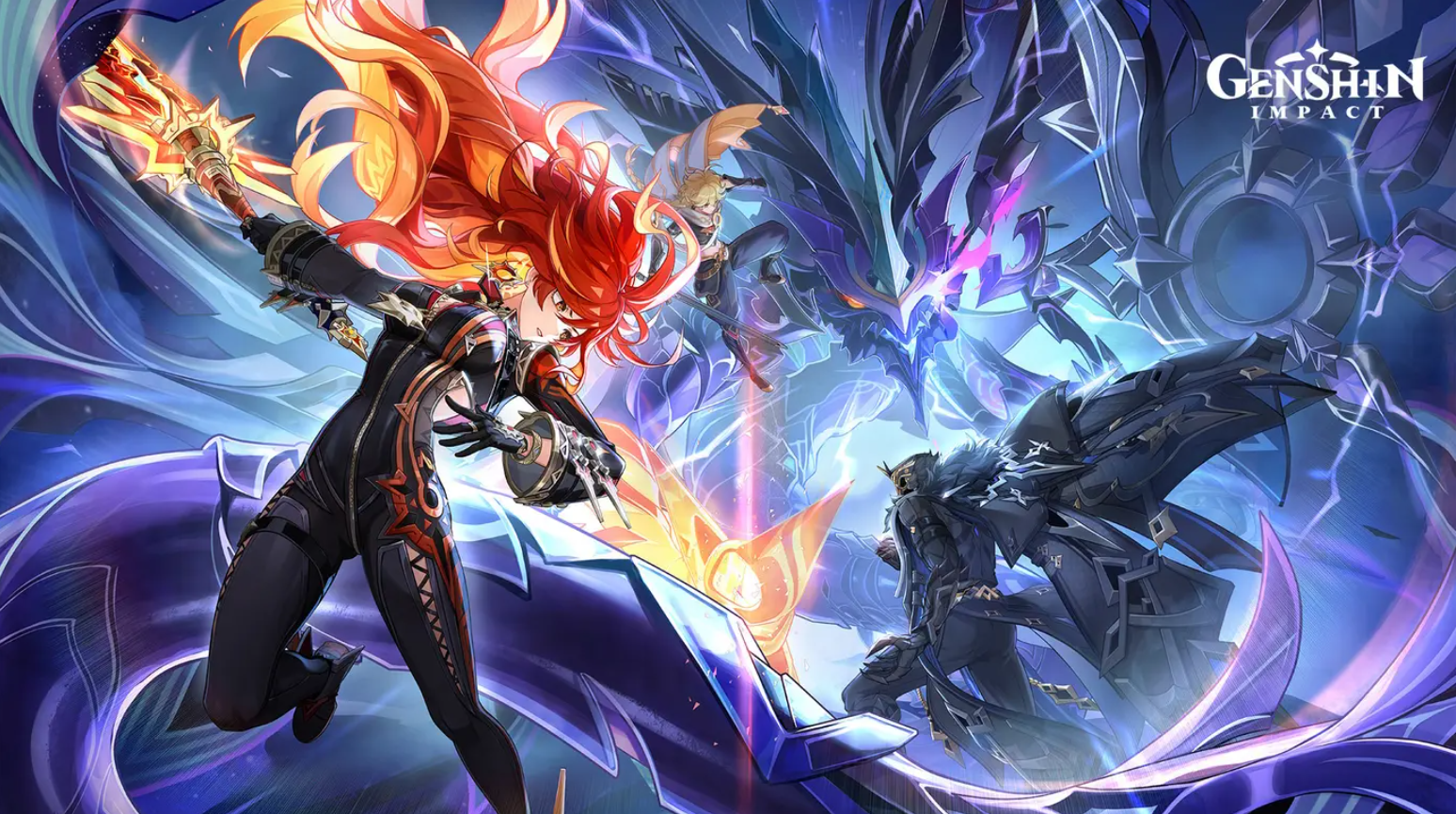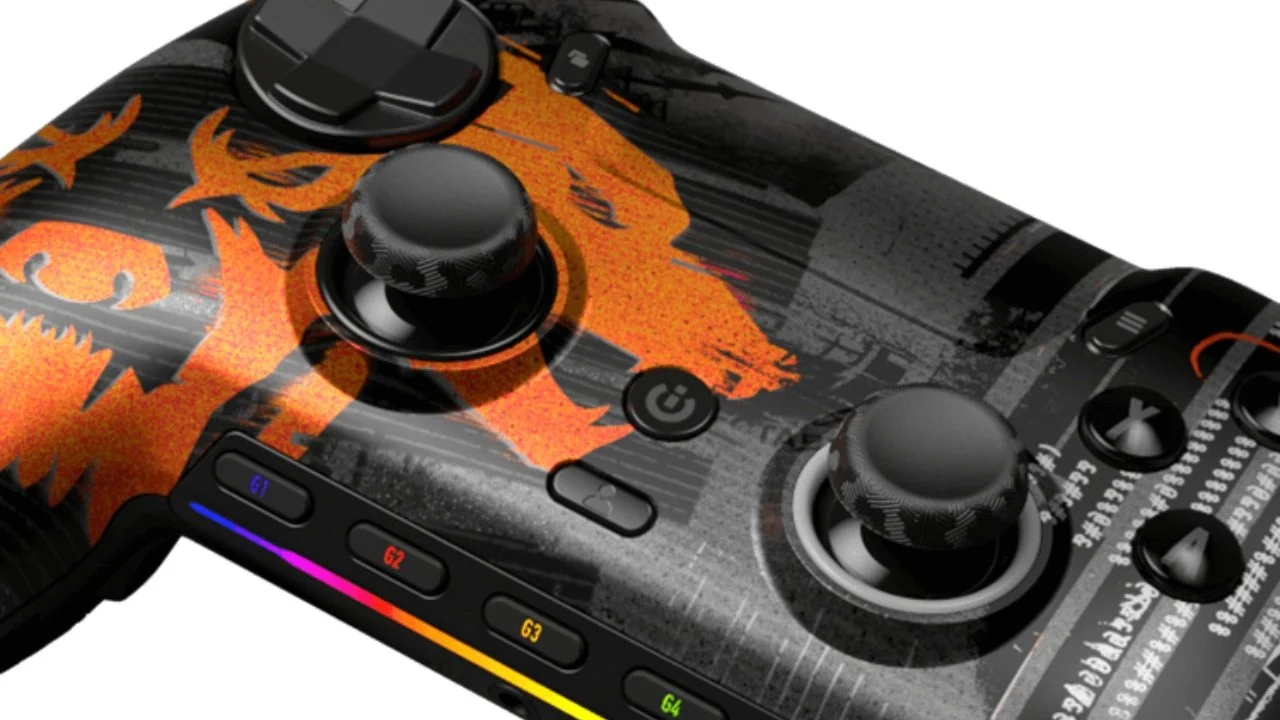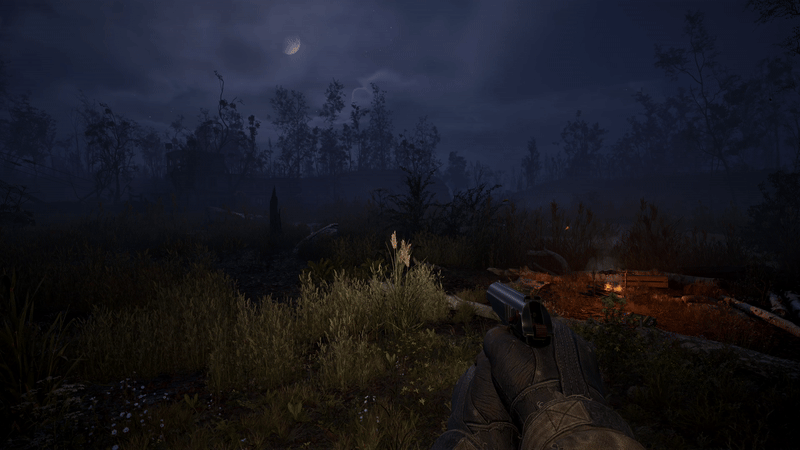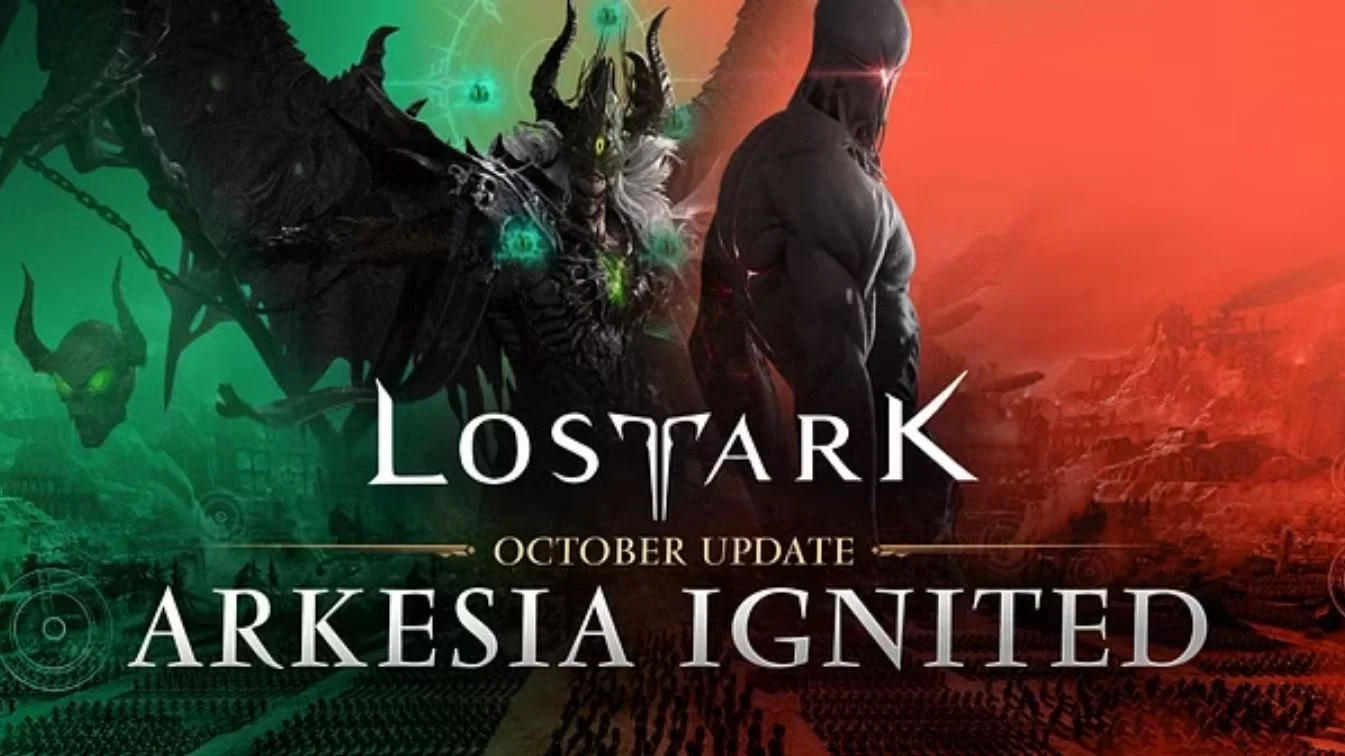ESRB ratings.
E, E10+, T, M, AO. The seldom-seen “EC” and “RP”.
Ah, the ESRB rating system. It lets parents and grandparents the US over know if the games they’re buying little Johnny Appleseed for Hanukkah are loaded with blood, guts, and dismemberment. Since it’s 1994 inception, the ESRB and their rating system have been an institution for North American gaming, acting as our equivalent of the MPAA’s fun alphabet letters. Even with a few ups and downs, it’s worked and has served its purpose well. But did you know that the ESRB’s system is not the first rating certification for video games?
In the early ’90s, moral guardians were up in arms due to what they perceived as an obscenity outrage. The culprit!? Video games! Mortal Kombat with its facilities and a gross misunderstanding and misrepresentation of contents from Night Trap, presenting it as if it were some kind of sleazy sex-themed game. (It’s not.)
The situation got so bad, that it made it’s way to Washington D.C. Nintendo of America’s own Howard Lincoln threw Sega under the bus.
“And let me say that for the record, I want to state that Night Trap will never appear on a Nintendo system. Obviously it would not pass our guidelines. This game … which promotes violence against women, simply has no place in our society.” — Howard Lincoln, 1993 Senate hearings about video game violence.
The soccer mommy groups wanted some form of self-censorship and accountability. If the video game publishers did not crank out a rating system by 1994, one would be imposed by the U.S. government. So, in response to all of this hoopla, Sega of America quickly formed their own self-censorship committee: the Videogame Rating Council. The V.R.C developed it’s own MPAA-like content rating system:
GA - Appropriate for all audiences.
MA-13 - Mature audiences. Intended for ages 13 and up. Might contain more violence than GA games, mild blood, mild suggestive themes, etc.
MA-17 - Not intended for minors. The game might include graphic violence, blood and gore, sexual content, profanity, etc.
Seemed decent enough… but what happened to Sega’s rating system? It lasted barely a year! Journalists and critics cited that the system was “confusing”. And they might be on to something. The “MA-13” makes it sound like the content is appropriate at a mature audience and for teenagers at the exact same time.
Another issue with the Sega rating system is that ratings were given by Sega themselves, which ran the risk of potentially biasing the rating. The blanket title of “Videogame Rating Council” might potentially imply that the committee oversees ALL video games, as well. It didn’t.
In 1994, the top video game publishers formed the trade association, the Interactive Digital Software Association (predecessor to the Entertainment Software Association) which eventually came up with an industry-wide ratings system: the ESRB ratings, which we still use today, thus killing of Sega of America’s rating system (and the similar one made by the 3DO Company around the same time.)
I personally think a huge problem with the V.R.C ratings system is that there were no descriptors on the packaging; there was no explanation as to WHY games would be getting an MA-13 or MA-17 rating. Meanwhile, under the ESRB system, the reasons for why a game is rated T or M is printed on the packaging in black and white: Blood and Gore or Profanity or Nudity or whatever.
Keep your eyes peeled, grandma!!
